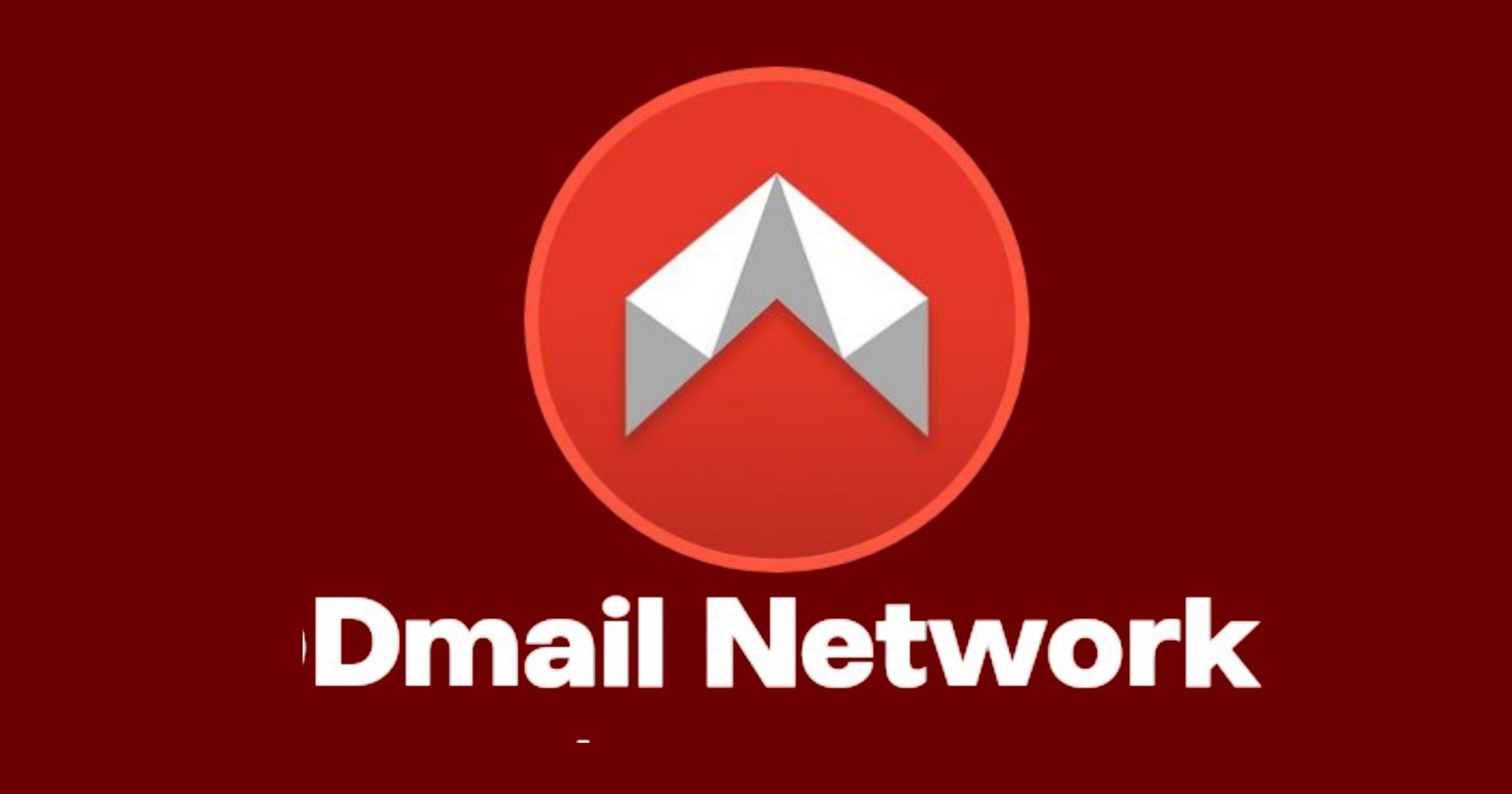The Role of Dmail in Revolutionizing Secure Communication in Web3
 aaron ubokobong
aaron ubokobong
Introduction
The evolution of digital communication has brought both convenience and concerns. Traditional email systems, despite their widespread use, pose significant privacy and security risks. Centralized platforms are prone to hacking, data mining, and third-party surveillance. The emergence of Web3 technologies offers an alternative, with decentralized solutions that prioritize user privacy and security. Among these innovations, Dmail stands out as a Web3 email service designed to ensure secure, encrypted, and private communication.
This article explores how Dmail revolutionizes secure communication in Web3, its advantages over traditional email services, and the impact it has on digital privacy.
The Shift from Web2 to Web3 Communication
Challenges of Web2 Email Services
Web2 email services, such as Gmail, Outlook, and Yahoo Mail, have dominated digital communication for decades. However, they come with several downsides:
1. Centralized Control: Service providers have access to user data, allowing them to read, store, and even monetize emails.
2. Privacy Risks: Governments and corporations can access personal emails through legal or illegal means.
3. Security Threats: Centralized servers are vulnerable to hacking, phishing, and data breaches.
4. Spam and Censorship: Unwanted advertisements and potential censorship limit the effectiveness of communication.
How Web3 Solves These Challenges
Web3 introduces decentralization, where no single entity has control over communication. Instead, blockchain technology ensures security, transparency, and privacy. Decentralized communication platforms, like Dmail, offer encrypted, censorship-resistant, and user-controlled messaging services.
How Dmail Enhances Secure Communication
1. Decentralized Infrastructure
Dmail operates on blockchain technology, eliminating reliance on centralized servers. This ensures:
No single entity can access or control user data.
Resistance to shutdowns or censorship by external authorities.
2. End-to-End Encryption (E2EE)
All messages sent via Dmail are encrypted, ensuring that only the intended recipient can read them. Even if intercepted, the data remains unreadable to unauthorized parties.
3. Blockchain-Based Authentication
Instead of traditional usernames and passwords, Dmail uses blockchain wallets for authentication. This eliminates phishing attacks and unauthorized access.
4. Smart Contracts for Message Management
Smart contracts enable:
Self-destructing messages after a specified time.
Secure verification of message authenticity.
Prevention of unauthorized message modifications.
Why Dmail is the Future of Secure Communication
As privacy concerns grow, more users will shift toward secure, decentralized alternatives. Dmail’s Web3-based model offers a compelling solution to the privacy issues faced by traditional email platforms. By prioritizing user security, eliminating censorship, and leveraging blockchain technology, Dmail is setting new standards for digital communication.
For more information, visit:
https://mail.dmail.ai
x.com/Dmailofficial
#DMAIL #Web3 #PrivacyMatters #BountyCamp #Airdrop #DmailNetwork
Subscribe to my newsletter
Read articles from aaron ubokobong directly inside your inbox. Subscribe to the newsletter, and don't miss out.
Written by
